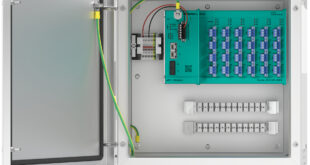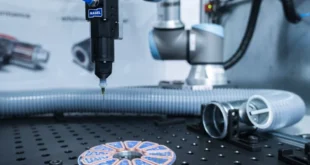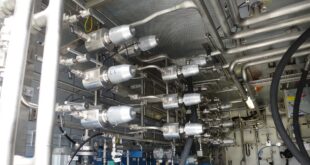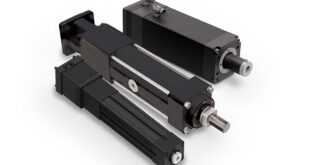Flir acoustic imaging cameras uncover hidden leaks and inefficiencies in cement plants, helping teams reduce downtime, cut energy costs, and boost performance.
With intuitive operation, precise leak detection even in noisy or hard-to-reach areas and smart reporting, maintenance becomes faster and safer.
The global cement market was valued at $361 billion in 2024 and is forecast to grow at a CAGR of 5.1% through 2025–2032. Rising demand for residential construction, particularly in Asia, has driven production from 600 million metric tons at the turn of the century to over 2 billion metric tons in 2023 a staggering increase in global demand.
With such rapid growth, unscheduled downtime is a major concern in the quarrying and cement industry. Maintenance was once viewed as a cost centre, often limited to annual shutdowns and reactive repairs. Today, however, leading operators recognise that regular scheduled maintenance is essential for boosting profit margins. In a typical 1 million metric ton-per-year plant, a single day of unplanned shutdown can cost up to $300,000.
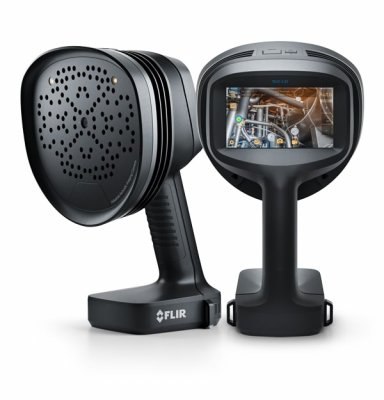
FLIR Si2-LD industrial acoustic imaging camera for pressurised leak detection and mechanical fault detection
Regular maintenance does more than prevent catastrophic failure. Hidden inefficiencies in plant and machinery can persist for months or even years, quietly eroding profits and competitiveness. The challenge is identifying these issues — especially in high-energy systems like compressed air and industrial gases, where leaks are often small, hidden, or obscured for operational reasons.
It is for this reason that Flir has developed the Si2-LD handheld acoustic camera. Equipped with highly sensitive MEMS microphones, the camera pinpoints leaks in compressed air systems while displaying a 12 MP image on a 5-inch, 1280 x 720 colour screen. For noisy environments, the camera’s bandpass filtering allows users to isolate leaks with precision by manually selecting the frequency range, even in challenging industrial settings.
The Si2-LD detects sounds from 2–130kHz, identifying even the smallest leaks. For example, a leak as tiny as 0.007 liters per minute can be detected from 2.5 metres away, and larger leaks can be located from up to 130 metres. This allows maintenance teams to safely inspect hard-to-access areas, including high-temperature zones, without risking personnel safety.
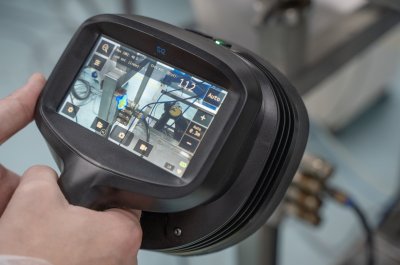
The FLIR Si2-LD delivers real-time analytics, including leak size and cost estimates, enabling immediate field insights to support efficient cement production operations
Once an inspection is complete, the camera’s onboard leak size quantification software helps prioritize repairs by potential energy loss, ensuring the most significant leaks are addressed first. Recognizing that plant environments often restrict external drives and Wi-Fi access, Flir provides a data cable accessory that connects the camera directly to a PC or laptop, allowing easy transfer of image files without network or security issues.
Engineers have also emphasised ease of use, noting that they often lack the time to become experts on every new piece of analytical equipment. Flir has designed the Si2-LD to be intuitive: a simple ‘point and shoot ‘operation handles detection, quantification, and analysis with minimal training required. The handheld device comes with a rugged carrying case to protect it in harsh environments such as quarries and cement works.
 Engineer News Network The ultimate online news and information resource for today’s engineer
Engineer News Network The ultimate online news and information resource for today’s engineer
